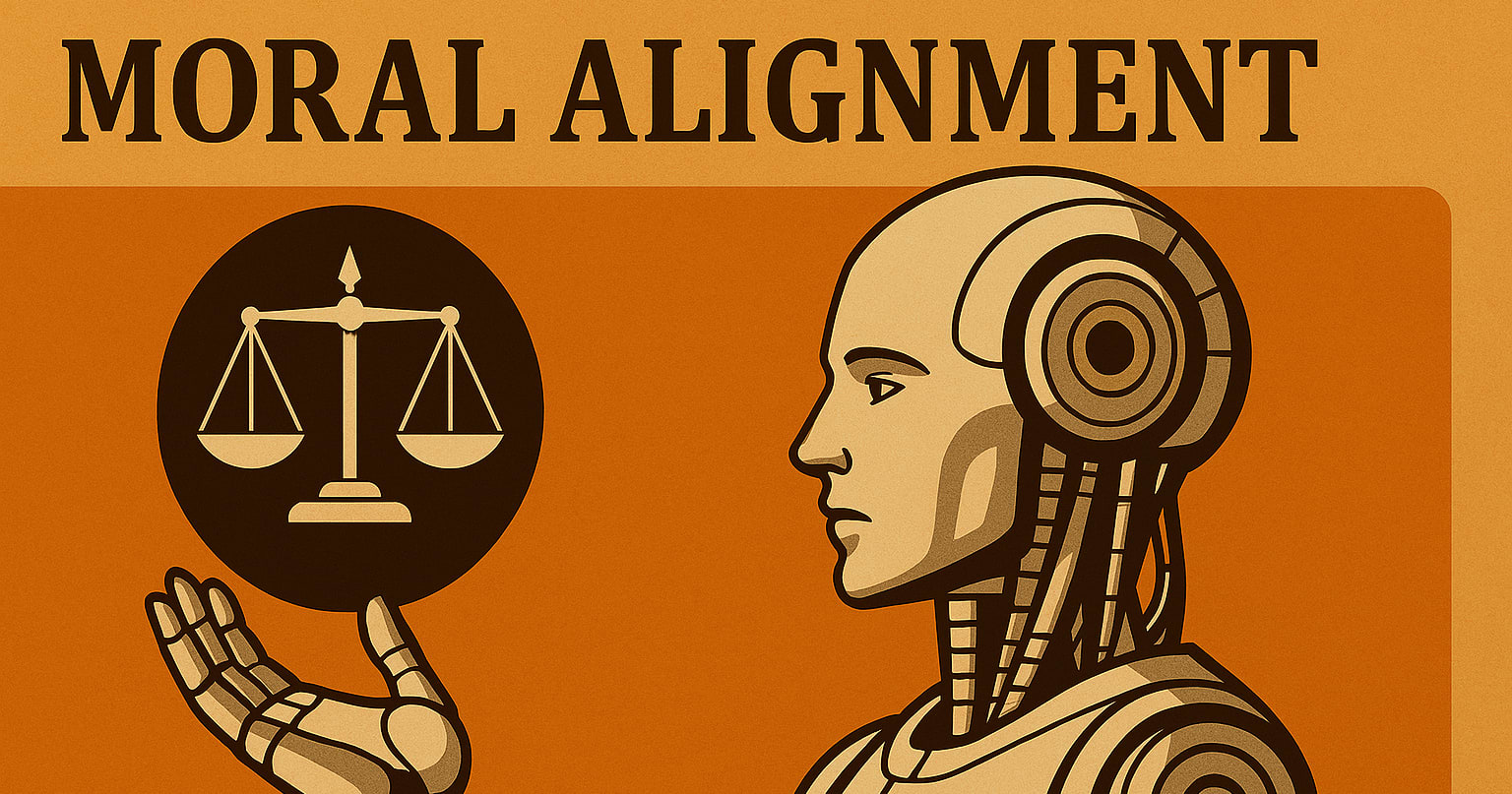I want to publicly state my intentions going into my CEEALAR stay, to reflect on later and observe any drift that occurs for better or worse. I want to be accountable to the community, since in some sense I'm an expenditure of community resources. If you have any feedback or advice, please drop it below!
I am admitted to CEEALAR January to July 2021 (6 months is the maximum tourist visa for a US citizen).
weights to my time
I'm forecasting the following weights assigned to my time.
- 60% on writing Coq until I complete either 4 or 5 volumes of Software Foundations. I completed volume 1 last year and I might skip volume 4.
- 15% haskell/typescript projects. (If I go back to industry after this, I'd like it to be a haskell job, moreover I want to get better at web dev since I dumped a lot of time into ML and can barely hold a website together)
- 5% remote college stuff from back home (a physics course and tutoring for the math dept) (the course is base credentialism i.e. I'm not actually learning the material just optimizing for the A, while the tutoring is to increase my mastery over calc3 and graph theory)
- 5% writing nonfiction on the following subjects:
- infodemics (including organizing a panel for EA Philly then producing transcripts for the EA forum)
- my thinking about freedom/autonomy and how it impacts moral patienthood and ai safety (response to When is Unaligned AI Morally Valuable, response to Fun Theory, etc.)
- the situation of proof assistants & formal verification in AI safety as I forecast it (tentatively called "Going Long on Formal Verification")
- 5% producing and hosting the Technical AI Safety Podcast.
- 5% commitments to projects I was doing anyway, like this weekly twitch stream and this group as well as attending lectures and community events.
- 5% applying to colleges. (i have a 3.9/4 community college GPA and I want to do elite undergrad when I get back to the states)
After I complete Software Foundations I'll either 1. pivot to replicating ML papers. Right now, I'm especially interested in this soon to be covered in TASP episode 1, but as I cover more papers for TASP I might discover something else I'd like to replicate. Or 2. roll my first proof assistant.
After every last college deadline is over I'll reapportion that time to something, to be determined.
possible disruption to these weights
- I get admitted to AI Safety Camp
- I get the CHAI internship
- I boost the podcast up from 1-2 episodes per month or I'm simply wrong about how long 1-2 episodes per month takes.
I think in each of these cases I'll reduce time I spend on Software Foundations, even if it means not getting to the end of the book before I have to go back to the states.
how formal am I being with time management?
I haven't decided yet if I want the cognitive overhead of a timekeep app, clocking in and clocking out for each project etc. but the data could be valuable. You might ask "what's the point of declaring weights if you won't be keeping score numerically?" which is a reasonable question, is it an awful answer to say that I'm just using my intuition to approximate the weights?
I do have formal task management in Jira, multiple kanban boards collated into a single todo list with due dates, and I think this is the right step as it has negligible cognitive overhead.
hours in absolute terms
A lot of this work is rather demanding intellectually, I think 40 hours/week should be fine, and I should cut myself off around 50/week to avoid burnout. I think one complete day off per week to sit around and recharge is the right move. I'm open to being wrong; I'm open to finding that 30-35 hours per week is my maximal effectiveness.
what could go horribly wrong?
I could be drastically miscalculating my motivation, interests, and stamina. I don't know what to do to guard against this besides
- revising the weights only if I'm faced with drastic motivation/interests misalignment.
- going easy on myself in hours per week terms if I'm facing stamina droughts.
- remembering to exercise and take my meds.
- I'm resting a lot right now during my last month in the states before I leave, cuz I want to be refreshed and ready to go when I arrive in Blackpool.
what are my blindspots?
can anybody identify any?
why I'm doing this
my vision and ambitions:
- 0-3 years after leaving CEEALAR: enough mastery over formalization & type theory that I can automate some agent foundations results and/or some of Vanessa Kosoy's research agenda. Professional and academic interests will be competing for time: professionally, I could reach the Haskell skill level of a MIRI engineer, or academically, I could complete an undergrad and position myself for grad school.
- 3-7 years after leaving CEEALAR: I'm designing new proof assistants for ML systems, optimistically if folks like CHAI discover sets of proof obligations by then I'll be able to implement tools that make satisfying those obligations commercially viable.




I also completed Software Foundations Volume 1 last year, and have been kind of meaning to do the rest of the volumes but other things keep coming up. I'm working full-time so it might be beyond my time/energy constraints to keep a reasonable pace, but would you be interested in any kind of accountability buddy / sharing notes / etc. kind of thing?
Maybe! I'm only going after a steady stream of 2-3 chapters per week. Be in touch if you're interested: I'm re-reading the first quarter of PLF since they published a new version in the time since I knocked out the first quarter of it.